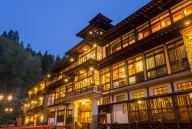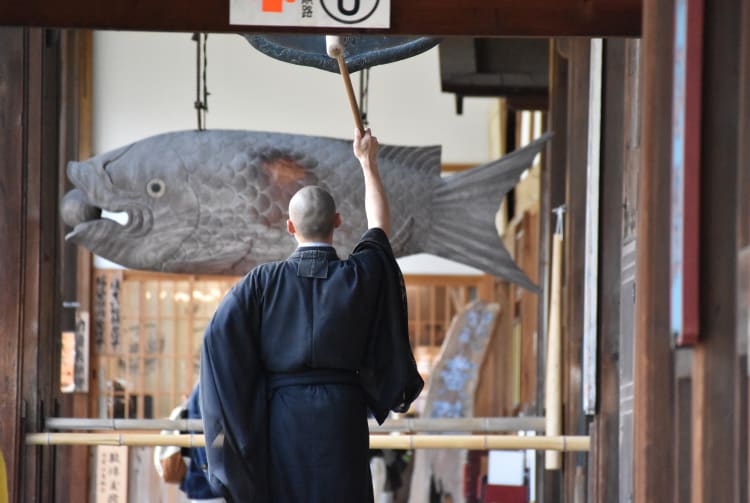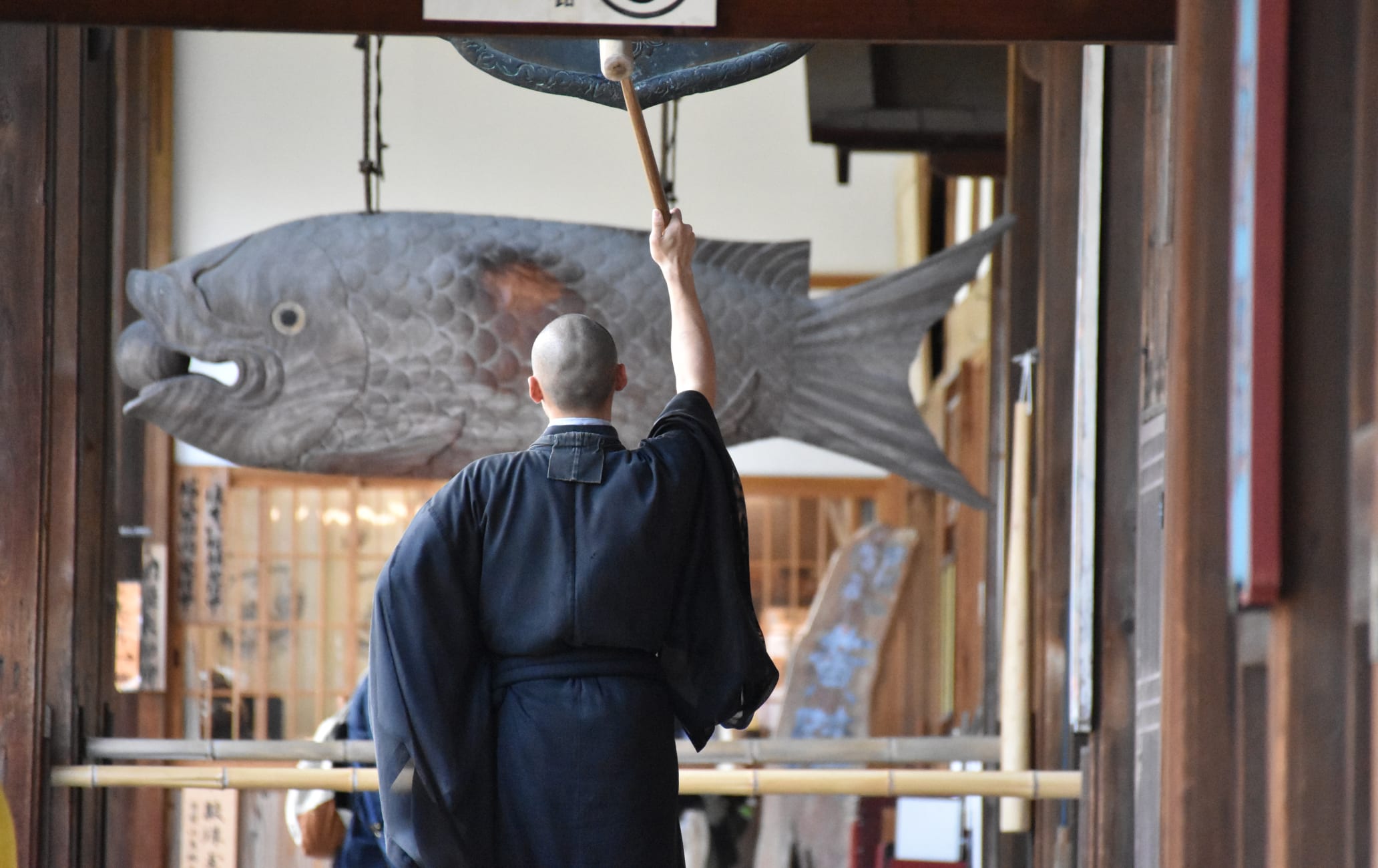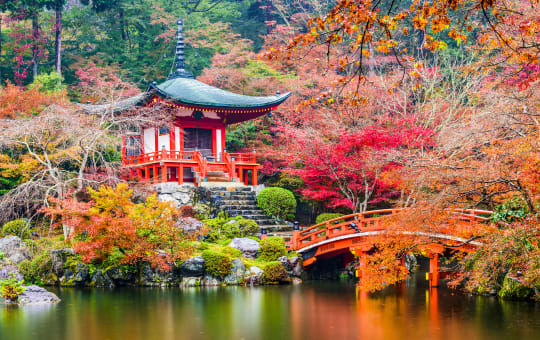Ein stark chinesisch beeinflusster Tempel
Der Manpukuji-Tempel ist ein abgeschiedener Ort in Kyotos Region Uji am Fuße des Berges Obaku. Inmitten prächtiger Kiefern wurde er 1661 von einem chinesischen Mönch namens Yinyuan Longqi gegründet, der in Japan als Ingen Ryuki bekannt ist. Der Tempel wurde im Stil der Ming-Dynastie erbaut und viele seiner Gebäude bestehen aus Teakholz, sodass er in zweifacher Hinsicht außergewöhnlich ist.
Kurzinfo
Ingen und seine Nachfolger brachten neue Ansichten zu Kunst, Kalligraphie, Ernährung und Medizin vom asiatischen Festland mit
Im Tempel gibt es zwei vegetarische Restaurants
Anfahrt
Nehmen Sie am Bahnhof Kyoto die Nara Line zum Bahnhof Obaku. Von dort ist der Tempel noch 7 Gehminuten entfernt.

Ein Komplex in Form eines Drachen
Im Jahr 1661 gründete der Zen-Meister Yinyuan Longqi den Tempel gemeinsam mit seinem Schüler Muyan. Manpukuji wurde im Architekturstil der chinesischen Ming-Dynastie erbaut. Auch die Art, wie die Tempelgebäude angeordnet sind, reflektiert diesen Stil: Der Grundriss erinnert an die Form eines Drachen.


Muyan übernahm die Leitung des Tempels im Jahr 1664. Erst mit der Übernahme durch den 14. Priester wurde der Manpukuji japanischen Mönchen unterstellt.
Die chinesische Tradition besteht fort
Der Tempel ist in stilistischer Hinsicht stark chinesisch geprägt und beherbergt ausschließlich Skulpturen chinesischer Künstler. Die traditionellen chinesischen Rituale werden weiterhin gepflegt, und die Priester rezitieren noch immer musikalische Sutras im Bombay- oder indischen Stil. Solche Elemente schaffen eine einmalige Atmosphäre und bilden einen starken Kontrast zu den Tempeln im japanischen Stil, die man überall in Kyoto findet.

Ein hölzerner Fisch-Gong
Ein interessantes und einzigartiges Merkmal des Tempels ist sein Gyoban, ein großes, flaches, Holzornament in Form eines Fisches, das wie ein Gong angeschlagen wird, um die Mahlzeiten und die Sutra-Rezitationen anzukündigen.
Vegetarischer Lunch
Im Manpukuji werden Fucha Ryori, also vegetarische Mahlzeiten nach chinesischer Art, angeboten. Sie müssen mindestens 3 Tage im Voraus reservieren, wenn Sie dieses Gericht probieren möchten, und Sie müssen es für mindestens zwei Personen bestellen.














































